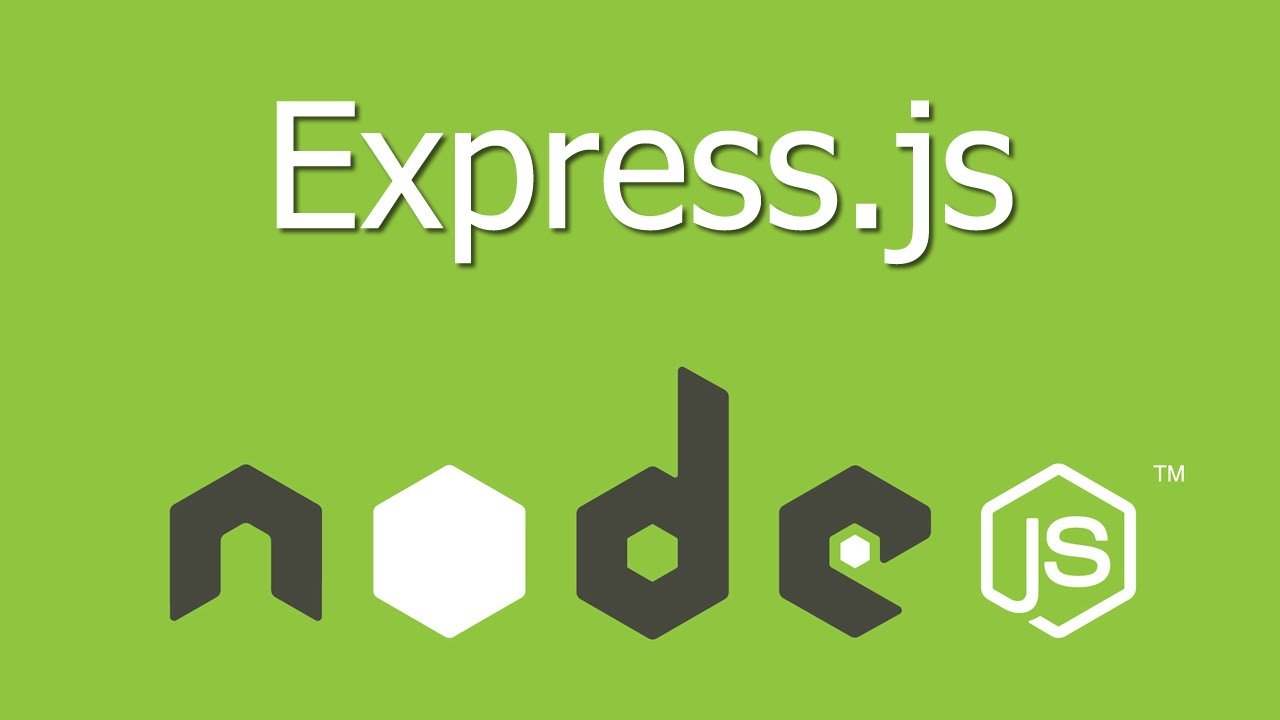How Do Cryptocurrencies Work? A Step-by-Step Explanation

Here’s a detailed explanation of How Cryptocurrencies Work, including a step-by-step breakdown, key points, and technical insights.
Introduction
Cryptocurrencies are digital or virtual currencies that use cryptography for security. Unlike traditional currencies, they are decentralized, meaning no single entity (like a government or central bank) controls them. Instead, they rely on blockchain technology to maintain transparency, security, and immutability.
Step 1: Understanding Blockchain – The Foundation of Cryptocurrencies
What is a Blockchain?
A blockchain is a distributed ledger that records all transactions across a network of computers. It is made up of blocks, each containing a list of transactions.
Key Features of Blockchain
- Decentralized: No single authority controls it.
- Immutable: Once data is added, it cannot be altered.
- Transparent: Transactions are visible to everyone in the network.
- Secure: Uses cryptographic techniques to prevent tampering.
How It Works
- Transactions are grouped into blocks.
- Each block is linked to the previous one using a cryptographic hash (a unique identifier).
- Once verified by the network, a new block is added to the chain.
- This process continues, forming a chain of blocks—hence the name blockchain.
Step 2: How Cryptocurrency Transactions Work
Cryptocurrency transactions occur between wallets, which are software applications that store public and private keys.
Transaction Process
-
Initiating a Transaction:
- A user enters the recipient's public address and the amount of cryptocurrency to send.
- The transaction is signed using the sender’s private key.
-
Broadcasting to the Network:
- The transaction is sent to a network of nodes (computers running the blockchain).
-
Validation and Verification:
- The transaction is validated by miners (Proof-of-Work) or validators (Proof-of-Stake).
- If valid, it is added to a pending transaction pool.
-
Inclusion in a Block:
- Once verified, the transaction is placed into a block.
- The block is then added to the blockchain.
-
Confirmation:
- Once added to the blockchain, the transaction is considered confirmed.
- More confirmations increase transaction security.
Step 3: Cryptocurrency Mining – The Process Behind Validation
What is Mining?
Mining is the process of validating and adding new transactions to the blockchain.
How It Works (Proof-of-Work - PoW)
- Miners solve a complex mathematical puzzle (hashing algorithm).
- The first miner to solve it gets to add a new block to the blockchain.
- The miner is rewarded with new cryptocurrency (e.g., Bitcoin rewards miners with BTC).
Alternative to Mining: Proof-of-Stake (PoS)
- In PoS, validators are chosen based on the number of coins they hold and are willing to "stake" as collateral.
- This method is more energy-efficient than PoW.
Step 4: Cryptocurrency Wallets – Storing and Managing Funds
A cryptocurrency wallet stores private keys and public addresses for managing digital assets.
Types of Wallets
-
Hot Wallets (Online)
- Software wallets connected to the internet.
- Examples: MetaMask, Trust Wallet, Coinbase Wallet.
- Pros: Convenient for transactions.
- Cons: Vulnerable to hacking.
-
Cold Wallets (Offline)
- Hardware or paper wallets not connected to the internet.
- Examples: Ledger Nano, Trezor.
- Pros: High security.
- Cons: Less convenient for quick transactions.
How Wallets Work
- The public key is like a bank account number (used to receive funds).
- The private key is like a PIN code (used to access and spend funds).
- Losing the private key means losing access to the wallet.
Step 5: Smart Contracts – Automating Transactions
What Are Smart Contracts?
Smart contracts are self-executing contracts with terms directly written into code.
How They Work
- A smart contract is deployed on a blockchain.
- When predefined conditions are met, it automatically executes.
- Example: A smart contract for escrow releases payment only when both parties meet agreed-upon terms.
Key Benefits
- Eliminates middlemen (no need for banks, lawyers).
- Transparent and tamper-proof.
- Faster and cost-effective.
Step 6: Security and Risks in Cryptocurrencies
Security Features
- Encryption: Transactions are encrypted using cryptographic algorithms.
- Decentralization: No single point of failure.
- Consensus Mechanisms: Ensures transactions are verified before being recorded.
Potential Risks
-
Hacking and Scams
- Phishing attacks targeting private keys.
- Fake exchanges and Ponzi schemes.
-
Volatility
- Cryptocurrency prices can fluctuate significantly.
-
Regulatory Challenges
- Governments may impose restrictions or bans.
-
Loss of Private Keys
- If lost, funds become irretrievable.
Step 7: Using Cryptocurrencies in Real Life
Common Use Cases
-
Digital Payments
- Buy goods and services using Bitcoin, Ethereum, etc.
- Example: Tesla, Microsoft accept Bitcoin.
-
Investment and Trading
- Cryptocurrencies are traded on exchanges like Binance, Coinbase, Kraken.
-
Decentralized Finance (DeFi)
- Enables lending, borrowing, and staking without banks.
-
NFTs and Gaming
- Digital collectibles and in-game assets use blockchain.
-
Cross-Border Transactions
- Faster and cheaper international remittances compared to banks.
Key Takeaways
✅ Cryptocurrencies use blockchain technology for secure, transparent transactions.
✅ Transactions are validated through mining (PoW) or staking (PoS).
✅ Crypto wallets store public and private keys to manage funds.
✅ Smart contracts automate transactions without intermediaries.
✅ Security risks exist, but proper precautions can prevent losses.
✅ Cryptocurrencies are used in payments, trading, DeFi, NFTs, and remittances.
Conclusion
Cryptocurrencies represent a paradigm shift in finance, enabling decentralized and secure transactions. By understanding blockchain, wallets, mining, and smart contracts, you can navigate this revolutionary technology with confidence.
Would you like an in-depth guide on a specific topic like developing smart contracts or creating a cryptocurrency wallet?






